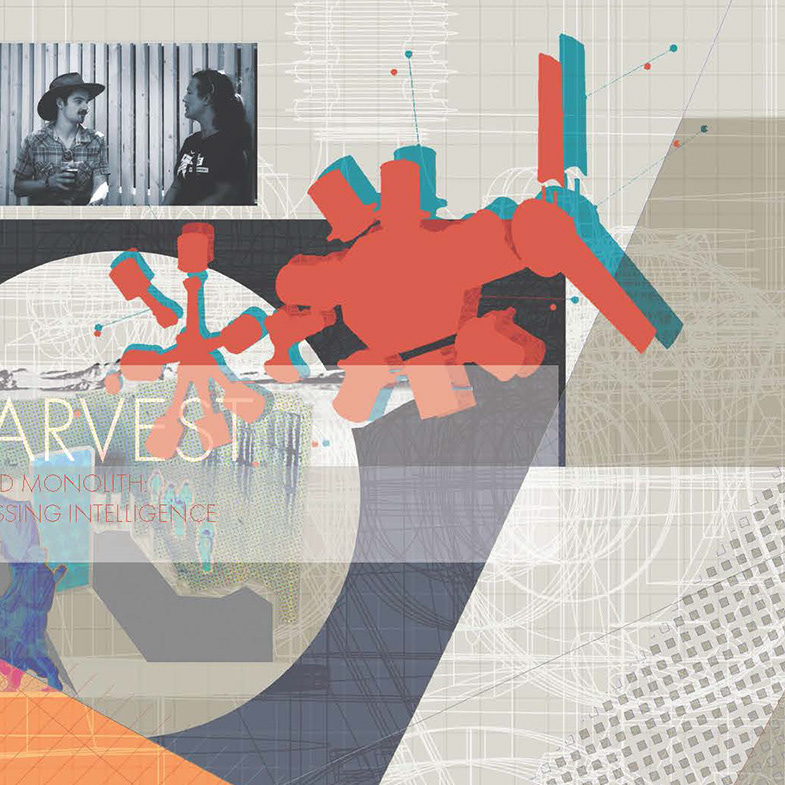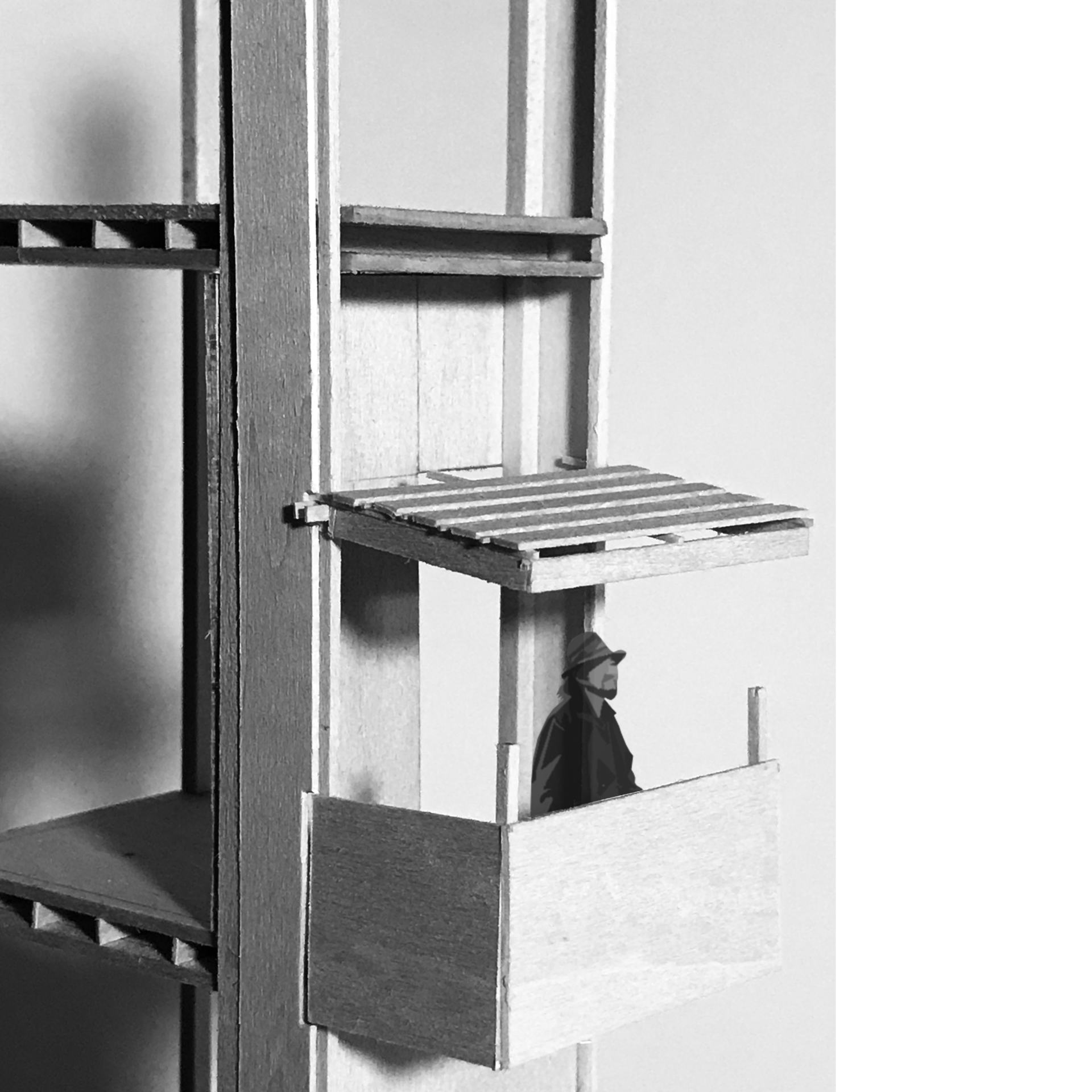NOMAS Competition Team; TEAM LEADER & CHAIR
2020
73rd avenue, OAKLAND
2020
73rd avenue, OAKLAND
perforated, panelized screen
Oakland’s Cultural Biome fosters community ties and celebrates East Oakland heritage. Through integration of necessary food resources, honoring an extensive and diverse local culture, and sustainable measures, The Biome is a device for social discourse and growth.
The Biome is understood as a natural ecosystem. Where an ecosystem can be divided into biotic and abiotic factors, so too does this architecture equally consider the people & culture as it does the structure & space. The primary spatial driver in this project is the Pearl, as it simultaneously attracts visitors and creates space for gathering and dialogue. The building form was guided by the local art of Turf Dancing, as we were inspired by the dynamic forms and vibrant history of this improvisational and expressive dance form. The form, detailing, and translucent quality of the building evoke a sense of transparency from the exterior and safety & inclusion within. The Pearl and occupiable roofs combat exclusivity by their functions as privately owned public spaces. Their adjacencies to all major massing components specifically gears them for intersection between different groups: residents, patrons, and other visitors.
The apparent food desert drove the Biome to provide a necessary resource in the form of a food kitchen. Subsequently, visitors would interact with the architecture and the cultural celebration in the rear portion of the Pearl.
relationship between Pearl and Residential Tower
“carved” façade to soften language contrast between Pearl and Tower
the Pearl as a flexible and dynamic space of intersection
The Pearl is powerful in its potential flexibility: it may be a place of rest, of discourse, of performance, or of assembly. Its form is in contrast with the rest of the project, though a language of carving softens the disparity between the Pearl and residential tower . The remaining masses serve more pragmatic purposes of residence, commerce, and retail.
The perforated, panelized screen functions as a complement to the gesture of the Pearl, shading for residents, and a solar collection apparatus.
The Biome is a mixed-use cultural center that addresses food security, celebrates a rich history, and provides spaces of intersection and discourse. It is simultaneously respectful of the past and forward looking.













